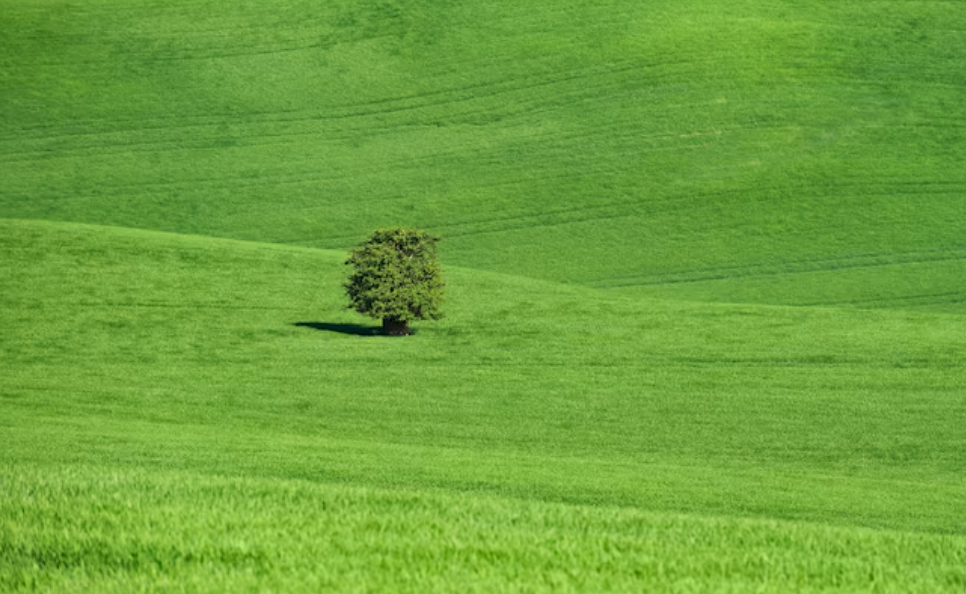Selecting the Right Grasses for Your Cattle
When it comes to raising healthy, productive cattle, few decisions matter more than the type of grass they graze. The right forage not only ensures proper nutrition but also supports soil health, pasture longevity, and the overall success of your operation. Whether you’re managing a small herd of miniature cattle or a larger farm, understanding which grasses to plant can make all the difference.
Why Grass Selection Matters
Cattle rely on forage as their primary source of energy and protein. Different grasses provide varying nutritional values, grow in different seasons, and respond differently to grazing pressure. Selecting the right mix ensures your herd has a balanced diet year-round, reduces the need for costly supplements, and helps you get the most from your land.
Warm-Season vs. Cool-Season Grasses
One of the first steps in choosing grasses is understanding the difference between warm-season and cool-season varieties:
- Cool-Season Grasses grow best in spring and fall, providing high-quality forage when temperatures are mild. Popular examples include fescue, orchardgrass, ryegrass, and timothy.
- Warm-Season Grasses thrive in summer heat, keeping your pastures productive during hot months. Examples include bermudagrass, bahiagrass, and switchgrass.
Most farms benefit from planting a combination of both, ensuring cattle have forage across all seasons.
Top Grasses for Cattle
- Tall Fescue
Hardy and adaptable, fescue provides a reliable cool-season base. Endophyte-free or novel endophyte varieties are best, as traditional fescue can cause health problems in cattle. - Orchardgrass
High in quality and palatable, orchardgrass grows well in mixtures with legumes like clover. It’s excellent for grazing and hay production. - Ryegrass
Quick to establish and highly nutritious, ryegrass is great for extending grazing in early spring or late fall. - Bermudagrass
A staple in southern pastures, bermudagrass is heat-tolerant and provides excellent summer forage. - Bahiagrass
Known for its resilience in poor soils and hot climates, bahiagrass requires less management but offers lower forage quality than bermuda. - Native Warm-Season Grasses (Switchgrass, Big Bluestem, Indiangrass)
Deep-rooted and drought-tolerant, these species are ideal for long-term pasture health and sustainable grazing systems.
Blending in Legumes
Don’t forget legumes like clover and alfalfa. They add protein to the diet and naturally fix nitrogen in the soil, reducing fertilizer needs. A grass-legume mix can improve both cattle performance and soil fertility.
Matching Grass to Your Farm
The “best” grass depends on your climate, soil type, and grazing system. For example:
- Northern regions: Cool-season grasses like fescue and orchardgrass dominate.
- Southern regions: Warm-season grasses like bermuda and bahiagrass thrive.
- Drier areas: Native warm-season grasses offer resilience and sustainability.
Soil testing, local extension services, and conversations with neighboring farmers can help you select the varieties that perform best in your area.
Final Thoughts
The foundation of a strong cattle operation lies in its pastures. By carefully selecting the right mix of grasses—and managing them with proper grazing rotations—you can keep your herd healthy, reduce feed costs, and support long-term soil health.
At the end of the day, cattle thrive when their forage thrives. Choose wisely, manage carefully, and your pastures will reward you for years to come.



